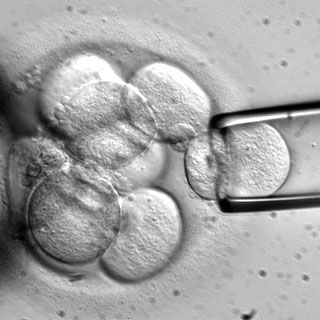Article
Study Finds Chromoendoscopy Successfully Detects Dysplasia in Colitis Patients
Author(s):
Chromoendoscopy trumps random biopsy or white-light colonoscopy as a method for discovering dysplasia in inflammatory bowel diseases (IBD) patients.

Chromoendoscopy trumps random biopsy or white-light colonoscopy as a method for discovering dysplasia in inflammatory bowel diseases (IBD) patients.
While standard surveillance relies primarily on white light colonoscopy, non-targeted biopsies, targeted sampling, and lesion removal, the inexpensive stain feature in chromoendoscopy allows experts to highlight differences in mucosa indicating risk for colorectal cancer.
Research showed that chromoendoscopy was more likely to uncover precancerous lesions (dysplasia) when they were already present.
Furthermore, a negative chromoendoscopy result found that advanced dysplasia would not develop, thereby canceling any need for colon resections.
James F. Marion, MD, Professor of Medicine, Icahn School of Medicine at Mount Sinai, and Director of Education and Outreach at The Susan and Leonard Feinstein Inflammatory Bowel Disease Clinical Center at The Mount Sinai Hospital, conducted a long-term surveillance study analyzing data from 68 Mount Sinai patients with ulcerative colitis (UC) or Crohn’s disease (CD).
The patients were followed from June 2006 through October 2011 and analyzed by random biopsy, targeted white-light examination, and chromoendoscopy. Among the 44 dysplastic lesions identified in 24 patients, 27 were by chromoendoscopy, 11 by white-light examination, and only 6 by random biopsy.
According to Marion, “Despite the abundant evidence supporting improved dysplasia detection in patients with IBD through chromoendoscopy screening and its incorporation into our guidelines, many gastroenterologists continue to reply on expensive random biopsies for detection of dysplasia and colorectal cancer. We hope these long-term findings resonate throughout the GI community and prompt screening changes, thus improving patient outcomes. Chromoendoscopy is an inexpensive, easy-to-learn technique that allows us to manage our patients without surgery. Our current guidelines will need to be revisited.”




